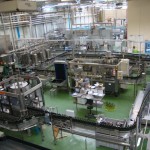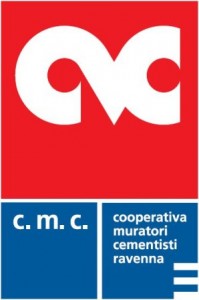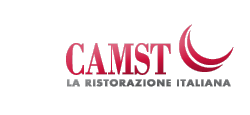 The nature of communities in modern society is evolving, but their role remains more important than ever.
The nature of communities in modern society is evolving, but their role remains more important than ever.
Here Karen Birch, managing editor of 3rdi magazine, a leading voice of the co-operative sector, assesses the value of co-operative community enterprises.
Karen is also a member of Co-operative Development Scotland’s (CDS) Advisory Board.
Community co-operatives are organisations set up to provide services to a particular community which use co-operative principles to guide their activities.
A local community, such as a village or a block of flats, has physical boundaries which makes it easy to recognise. But in the increasingly complex world most of us inhabit many different communities exist and playing different roles. For example, we may be a member of a faith group, a volunteer for a charity and or a member of a local sports team.
Almost every activity which involves people coming together for common purpose has the potential to create a co-operative community enterprise. The co-operative enterprise I am most closely involved with, the 3rdi magazine, is just such a community with women and men from across the UK coming together to create an on-line magazine which looks at business issues from an ethical perspective.
from across the UK coming together to create an on-line magazine which looks at business issues from an ethical perspective.
We do not serve a local community but rather serve a community with a shared interest in ethical business practices and in furthering equality and diversity in the workplace. Community is an active condition reinforced by active membership with people choosing to identify with and support community values and purpose.
Community Investment involves members of that community buying shares in an enterprise that serves that community. It gives people a stake in the success of that enterprise. Common ownership puts the assets of the community co-operative in a similar relationship to its members as the village green is to the inhabitants of a village. Everyone has use of the asset but no one person has title or claim and no one person can dig it up and take it away.
Throughout the last century, the model of community action has been one of volunteering and was heavily reliant on grant-funding from public sector bodies and individual philanthropy. This is not sustainable. I am a fan of enterprise and I’ve run successful businesses for the last 20 years. I see community enterprise as a real alternative to the market failures in the private sector and the continual withdrawal of funding from the public sector.
Community enterprises provide goods and services to meet the needs of their communities. Community shareholders, unlike traditional shareholders, only expect a fair return not a maximal or rapid return on their investment. This long-term alignment of shareholders to the needs of the community enterprise, promotes long-term sustainability over short-term profit-taking.
At a time when many communities are faced with the loss of local amenities this change in focus is, I think, crucial. And community shareholders are also far more likely to get involved, to become active supporters of the enterprise, and not just remain as consumers of products and services.
This engagement also strengthens the business model. It creates role flexibility: as customer and supplier and employee and owner is a true stakeholder model, and is more robust and sustainable than the traditional supplier-to business-to customer model. It is this combination of engagement, flexibility and sustainability that leads me to conclude that we need more community enterprise and ownership.
So, what sort of services can community co-operatives provide? Examples are wide ranging and reflect the needs of the communities they serve. These include a crèche in a tower block containing many single-parent families which has enabled them to seek work, through to a launderette in a housing estate.
Most successful community share issues focus on an asset, which is why community shops, pubs and community buildings have featured amongst the big success stories for co-operative community enterprise. As an Advisory Board Member of Co-operative Development Scotland (CDS), I’ve seen first-hand how shared ownership enables communities to develop services such as utilities and broadband, and this can work particularly well in remote regions.
However, just because a community lacks a service that it wants, it does not automatically mean that there is a viable business model that can meet that need. As with any business an opportunity only exists if there is sufficient demand from customers willing to pay a reasonable price for the goods or services provided.
With our long term energy future, particularly our reliance on fossil fuels, looking increasingly insecure, more and more attention is being drawn to renewables. Local communities are rightly seeking to benefit from renewable energy projects based in their vicinity.
By coming together to form a co-operative the local community can receive a direct financial benefit from the development and can use any profits generated to re-invest in other community projects. The profit generated stays within the community rather than rewarding shareholders outside the area.
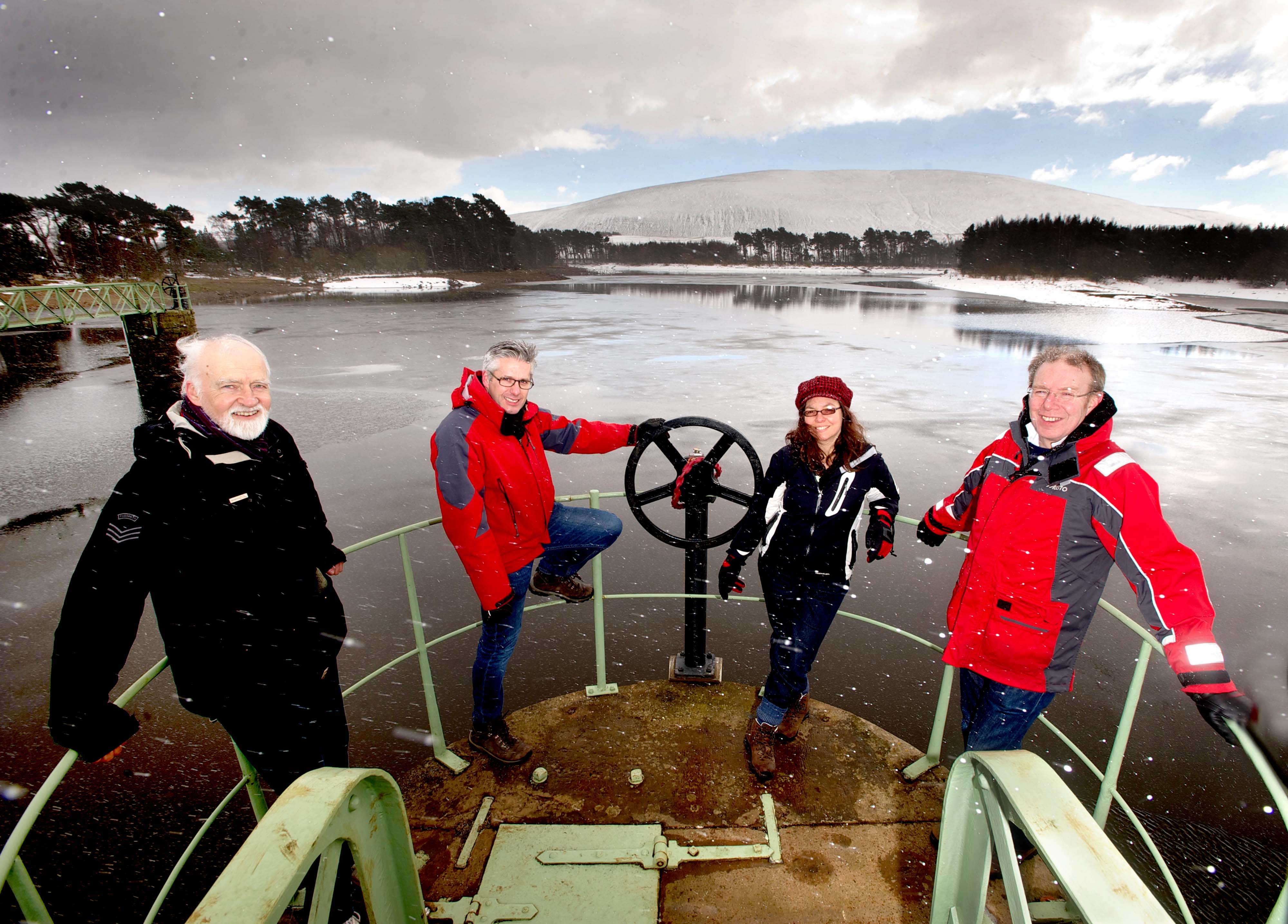
Harlaw Hydro Electric directors (from left): Martin Petty, Simon Dormer, Lynn Molleson and Ian Hynd – pictured at Harlaw Reservoir.
A good example of this is Harlaw Hydro Limited whose purpose is to own and operate a micro-Hydro scheme. It will generate revenue by selling ‘green’ hydro-electricity. The income generated will allow Harlaw Hydro Ltd to contribute to other projects and initiatives within the local area through the Balerno Village Trust. It is 80 per cent of the way to raising £313,000 through a share offer scheme.
CDS works in partnership with other organisations such the Co-operative Enterprise Hub to help communities develop community co-operatives in the renewable energy and broadband arena. The benefit of this model is that co-owners are involved in decision-making. Income can be invested back into the community through local projects or distributed among the members.
From my perspective the key is enterprise and long-term viability and I think that the model of ownership and engagement in community co-operatives means that they can be more robust and sustainable than either their private sector or charitable counterparts.
If you like the sound of this way of doing business do sign up or visit our website: www.the3rdimagazine.co.uk/ and follow us on Twitter, @the3rdimagazine
Co-operative Development Scotland is a Scottish Enterprise subsidiary, established to help companies grow by setting up consortium, employee-owned and community businesses. It works in partnership with Highlands and Islands Enterprise.
 The first of five CDS employee ownership events took place last week at animal feed manufacturer Galloway & MacLeod’s HQ in South Lanarkshire.
The first of five CDS employee ownership events took place last week at animal feed manufacturer Galloway & MacLeod’s HQ in South Lanarkshire.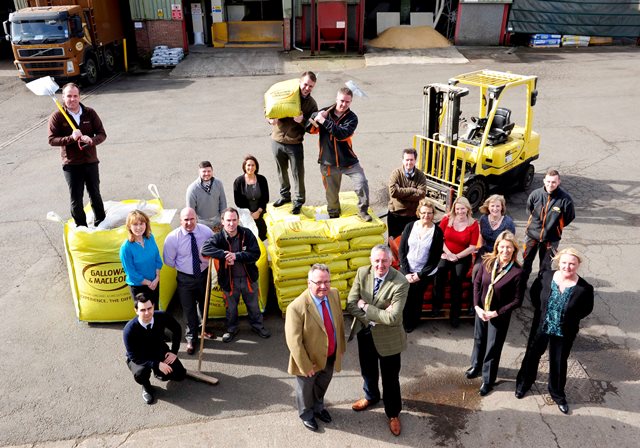

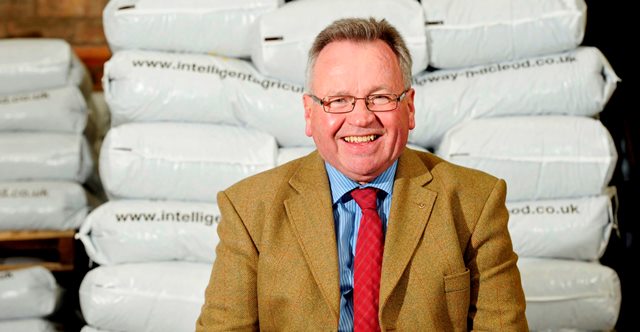
 At the most recent CDS Advisory Board meeting, some of Scotland’s key industry figures gathered to discuss how ‘stakeholder banks’ can be the ideal solution for co-operatives looking to raise capital.
At the most recent CDS Advisory Board meeting, some of Scotland’s key industry figures gathered to discuss how ‘stakeholder banks’ can be the ideal solution for co-operatives looking to raise capital. 


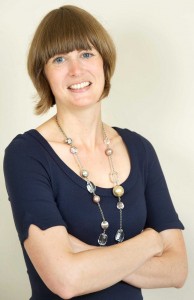 Jaye Martin is a specialist adviser who joined Co-operative Development Scotland this summer. Here she shares her experience of what it’s like to work at Scotland’s co-operative and employee-owned enterprise development organisation.
Jaye Martin is a specialist adviser who joined Co-operative Development Scotland this summer. Here she shares her experience of what it’s like to work at Scotland’s co-operative and employee-owned enterprise development organisation. This has been a revelation for me as I’d never been involved behind the scenes of a competition before – unless you count making up a quiz sheet for Comic Relief to sell around my village when I was 12! We were overwhelmed with the quality of the collaborative ideas contained in the applications this year and it’ll be a valuable learning experience for me to be involved in the strategy sessions for the winners when they take place in due course. Excitingly, we are poised to announce our winners shortly so watch this space…
This has been a revelation for me as I’d never been involved behind the scenes of a competition before – unless you count making up a quiz sheet for Comic Relief to sell around my village when I was 12! We were overwhelmed with the quality of the collaborative ideas contained in the applications this year and it’ll be a valuable learning experience for me to be involved in the strategy sessions for the winners when they take place in due course. Excitingly, we are poised to announce our winners shortly so watch this space… I can now see the real value in tweeting, blogging and their ilk – there is the potential to strike up dialogue with like-minded individuals and organisations and to spread the word about co-operative business models. Follow me
I can now see the real value in tweeting, blogging and their ilk – there is the potential to strike up dialogue with like-minded individuals and organisations and to spread the word about co-operative business models. Follow me  Co-operative Development Scotland’s
Co-operative Development Scotland’s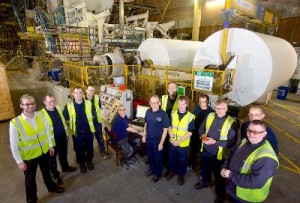

 Co-operative Development Scotland (CDS) is working with the
Co-operative Development Scotland (CDS) is working with the 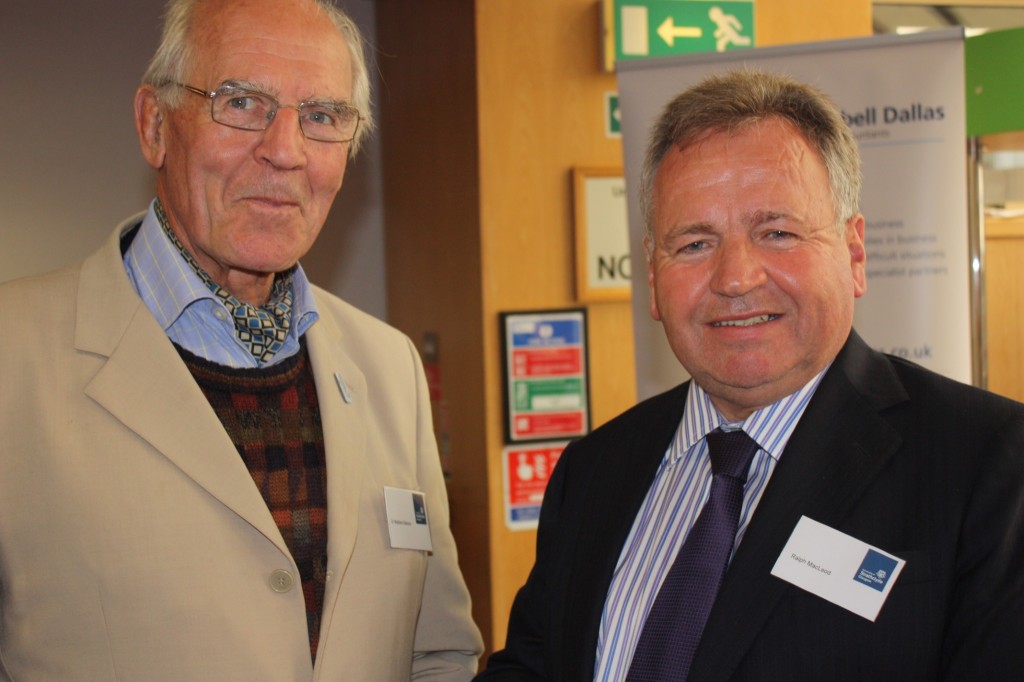


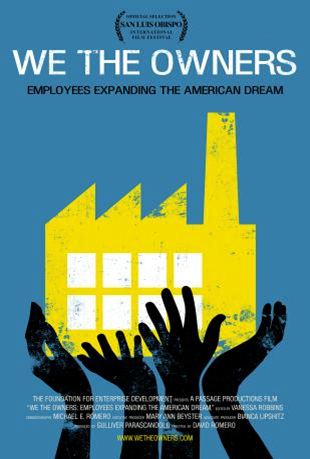
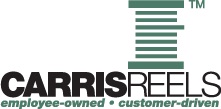



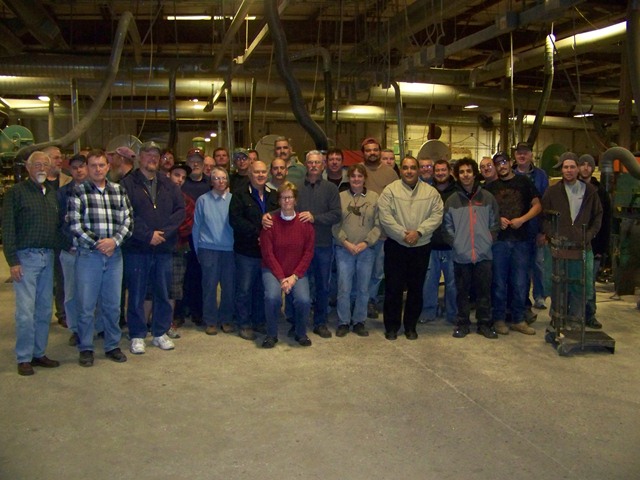

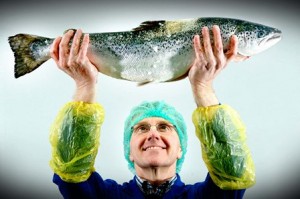
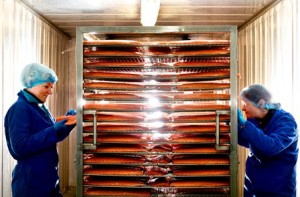
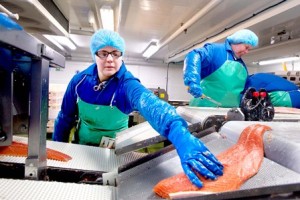




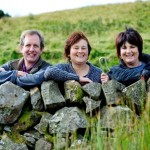

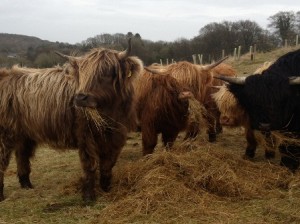
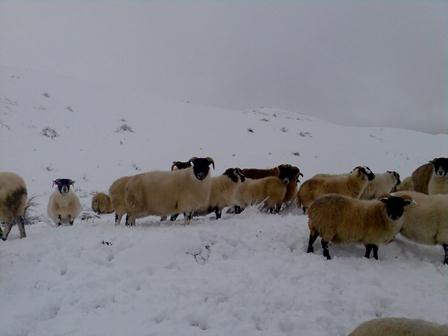



 I was also lucky enough to visit Ravenna’s Museum of Natural Science which the consortia manage on behalf of the municipality.
I was also lucky enough to visit Ravenna’s Museum of Natural Science which the consortia manage on behalf of the municipality.

